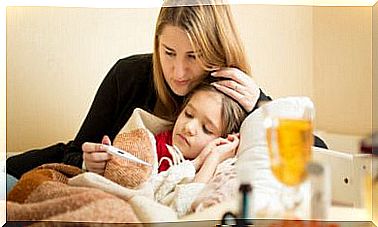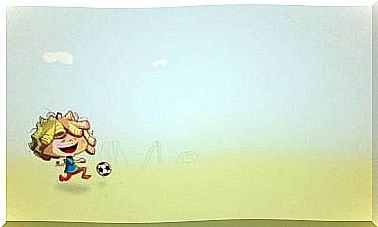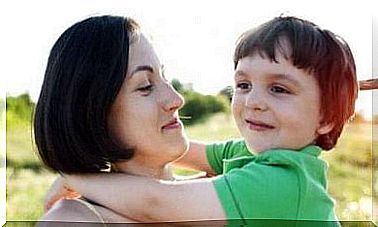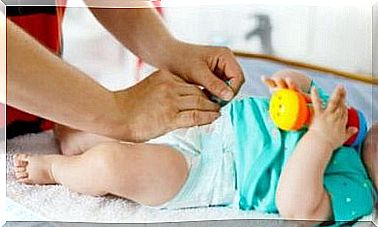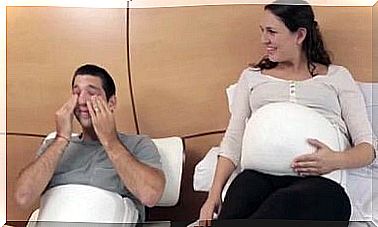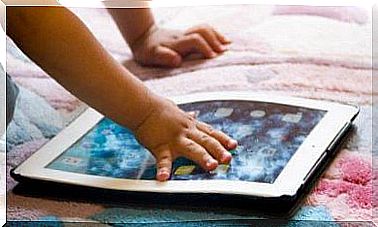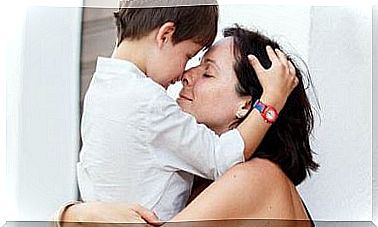How To Care For The Umbilical Cord Stump Of Your Newborn
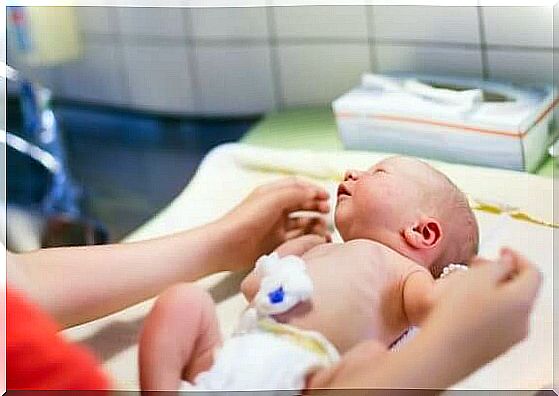
In today’s article, you will learn how to properly care for your newborn’s umbilical cord stump.
When a baby is born, it no longer needs the connection that kept it alive during the nine months in the womb. However, a small part of the umbilical cord remains in place of the belly button for several days.
How to care for your newborn’s umbilical cord stump
While babies are in the womb, the blood vessels in the umbilical cord allow microorganisms and nutrients to enter. However, when the child is born, the doctors sever this once important connection between mother and child.
The small stump that remains on the baby’s belly button is closed with a clip that should not be removed. Rather, the stump falls off by itself in about 8 to 15 days. Once this happens, it will take another week for the area to heal completely.
However, many first-time mothers do not know how to take care of the umbilical cord stump when their baby is born. And it might sound surprising, but there isn’t just one right answer to it.
For example, some recommend cleaning the area with alcohol, while others recommend antiseptics. Some also assume that it’s best to just leave your belly button alone. In this way, according to this theory, the area heals on its own without the need for intervention.
Umbilical cord stump of your newborn: can antiseptics be used?
An umbilical cord has the ability to spread bacteria. Because of this, doctors have recommended the use of antiseptics to prevent infection for decades.
However, a good number of professionals claim that antiseptics are not the best choice. Rather, they recommend keeping the area clean and dry. Because the use of additional products can delay the fall of the stump. And this in turn does not bring any advantage.
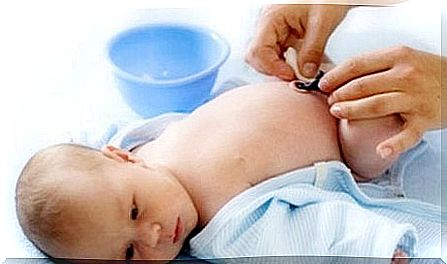
But how does the care of the umbilical cord stump look like? A good option is to use disinfectant. But don’t overdo it. Most recommend using 70% isopropyl alcohol and chlorhexidine – a clear liquid antiseptic – to prevent infection.
Remember, however, that the area should remain dry, protected, and covered until the umbilical cord stump falls off.
In the first few days after your baby is born, you don’t need a bath. You can therefore easily clean your baby’s body with a damp cloth. Make sure to avoid the belly button area.
Umbilical cord stump of your newborn: care instructions
A good time to take care of your newborn’s umbilical stump is during the diaper change. Because changing diapers is a task that you will do several times a day. So simply choose a time of day (e.g. morning or evening) to clean your baby’s umbilical cord stump when changing diapers.
To do this, you will need sterile gauze bandages or bandages, and 70% isopropyl alcohol or chlorhexidine. Iodine and similar substances are not recommended as they stain and you cannot observe the development of the wound.
First wash your hands thoroughly with water and neutral soap before touching the gauze bandage that is wrapped around the umbilical cord stump and clamp. If the gauze bandage sticks to the umbilical cord, do not pull on it. Rather, dampen the area with an antiseptic and then remove it.
manual
First, take the gauze bandage, then moisten it with an antiseptic. Gently blot the entire area, including the belly button and surrounding skin. Then dry well with another gauze bandage.
It is very important that you do not use cotton here as it may leave lint. This, in turn, can lead to infection or delay the process of falling off.
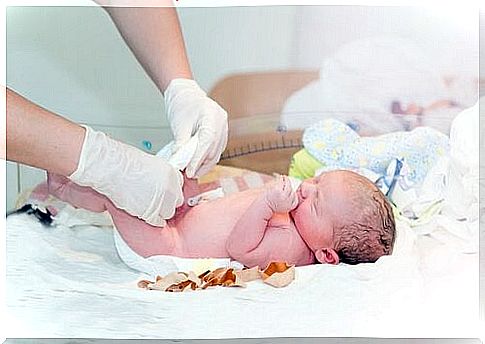
Then take another alcohol-soaked gauze bandage and wrap it around the umbilical cord stump. Then, apply a bandage to the affected area. Finally, clean your baby’s genital area and put on a new diaper.
When putting on the new diaper, be careful not to cover your baby’s belly button or stump. This way the area gets air circulation. If it’s summer and the temperatures are high, you can just leave your baby in his diaper to speed up the process.
If you do decide to dress your baby, be sure to look for items made of cotton. Also, make sure the area doesn’t rub against anything when your baby is breastfeeding or sleeping. Repeat this process two to four times a day.
If you follow these instructions, you shouldn’t have any difficulty taking care of your newborn’s umbilical cord stump. However, you should consult your pediatrician if the belly button is bleeding profusely, smells bad, the base of the cord is leaking, or if you notice a small soft lump.
If the umbilical cord stump has not fallen off within three weeks of your baby being born, you should also speak to your pediatrician.
